When your cat is in heat, her body and behavior change dramatically. Understanding how to recognize the signs and respond calmly is essential for her comfort and your peace of mind.
This guide explains what to do when your cat is in heat, how long the cycle lasts, home remedies to help her relax, and long-term ways to prevent future heat cycles.
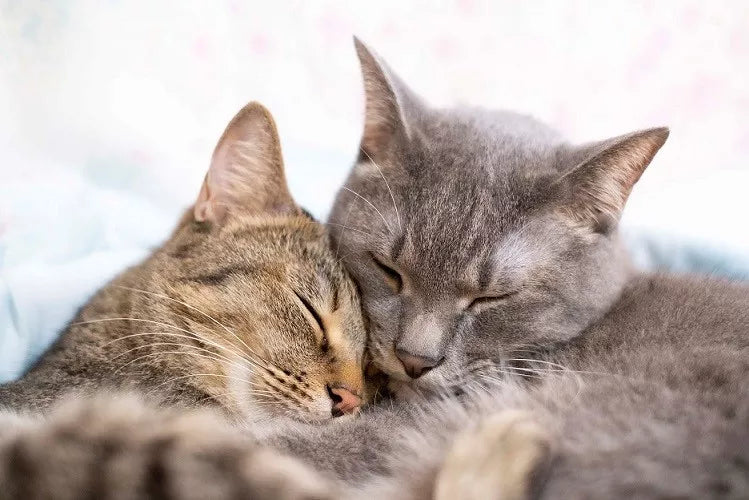
Understanding the Cat Heat Cycle
When your cat enters her heat cycle, her hormones trigger noticeable behavioral changes. Knowing what happens when a cat is in heat helps you care for her calmly and confidently.
What Happens When a Cat Is in Heat
A cat in heat is experiencing the estrus phase of her reproductive cycle. According to PetMD, this occurs when estrogen levels rise, causing restlessness, loud meowing, and a strong desire to mate.
Typical behaviors include:
- Rolling on the floor or rubbing against furniture
- Increased affection toward people or objects
- Attempting to escape outdoors
These signs are instinctive mating behaviors, not disobedience.
How Long Does the Heat Cycle Last and Repeat
The typical cycle lasts 4–7 days. If mating doesn’t happen, another cycle may begin in 2–3 weeks.
Indoor cats exposed to long light periods can cycle year-round. Recognizing this pattern helps you anticipate symptoms and prepare for what to do when your cat is in heat for the first time.
10 Signs of a Cat in Heat
Recognizing the early signs of heat allows you to respond before your cat becomes overly stressed. These symptoms reveal how her body and instincts prepare for mating.
1. Vocalization, Yowling, and Restlessness
Loud, repetitive meowing—often at night—is the clearest signal of estrus. The sounds are mating calls meant to attract males nearby. Owners can reduce noise by keeping the environment dim, playing soft background music, and avoiding sudden stimulation at night.
2. Rubbing, Rolling, and Seeking Attention
Rolling on the floor or rubbing against furniture relieves tension and spreads scent pheromones. Gentle petting and short play sessions help redirect this energy while maintaining a bond with your cat.
3. Tail Position and Raised Hindquarters
When petted near the back, a cat in heat often raises her hindquarters and moves the tail to one side—called the lordosis posture. This is a sign of fertility. It’s normal, but keep male cats separated to prevent unwanted mating.
4. Frequent Grooming of the Genital Area
She may lick the genital area more often to stay clean. Light moisture is normal; visible bleeding is not. If you notice blood or discharge, contact a veterinarian immediately to rule out infection.
5. Urine Marking or Spraying Behavior
Marking is a hormonal behavior used to signal availability. You might find small urine spots on walls or furniture. Clean these areas promptly with enzyme-based cleaners for effective odor control and to discourage repeat marking.
6. Attempting to Escape Outdoors
Female cats in heat can detect male pheromones through closed windows. They may scratch at doors or push screens to get out. Always secure entry points and keep her entertained indoors to avoid accidental pregnancy.
7. Decreased Appetite or Interrupted Sleep
During heat, hormones override normal feeding and rest patterns. Offer smaller, frequent meals and maintain a quiet, predictable routine. Temporary appetite loss is normal; prolonged refusal to eat warrants a vet check.
8. Increased Affection Toward Humans or Objects
You may notice your cat rubbing against you, pressing her head into your hand, or rolling near you. This extra affection is a form of attention-seeking. Respond gently but avoid overstimulation, which can increase agitation.
9. Sensitivity to Male Cats in the Area
Even if no males are visible, she can sense them through smell and sound. This may intensify vocalization and restlessness. Use air purifiers or close windows to minimize outdoor scents, especially at night.
10. Sudden Changes in Mood or Activity Level
Hormonal swings cause rapid shifts between affection and irritation. One moment she may purr, the next she may hide. Staying calm, speaking softly, and avoiding punishment help her feel secure until the cycle ends.
Things You Should Do When Your Cat Is in Heat
Once you identify the signs, it’s time to focus on comfort and safety. The following steps outline simple ways to comfort her and prevent unwanted stress during this period.
1. Create a Calm and Safe Indoor Environment
Keep your cat indoors and away from male cats. Provide:
- A quiet, dimly lit room
- Soft bedding for comfort
- Calming background music or white noise
Regular cleaning keeps her space relaxing and hygienic. You can explore simple home routines for pet-friendly cleaning to make her environment more comfortable, and make sure her litter box stays fresh and clean.
2. Provide Comfort Through Play and Distraction
Short, interactive play sessions help burn excess energy. Toys that mimic prey can redirect her focus. After play, offer a calm time to rest.
3. Feeding and Hydration Tips During Heat
Some cats eat less, so provide smaller, frequent meals and ensure constant access to water. Wet food helps maintain hydration.
Keep her litter box extra clean; she may urinate more often. Helpful maintenance ideas are listed here on daily cat care for busy pet owners.
4. Keep Male Cats Away and Secure All Exits
Separate her completely from unneutered males. Close doors, seal windows, and block possible exits. This prevents accidental mating.
5. When To Contact a Veterinarian
Call your vet if she shows bleeding, discharge, vomiting, or prolonged heat lasting more than 10 days. These could indicate infection or hormonal imbalance.
Long-Term Solutions: Spaying and Preventing Future Heats
If your cat’s heat cycles happen frequently, spaying is the best long-term solution. Beyond stopping future heats, it also improves her overall health and behavior.
Health and Behavioral Benefits of Spaying
Spaying ends heat cycles permanently and offers multiple benefits:
- Prevents unwanted litter
- Reduces risk of uterine infections (pyometra)
- Lowers the chances of mammary tumors
- Decreases territorial spraying and excessive meowing
Best Age and Timing for Spay Surgery
Veterinarians recommend spaying between 4–6 months of age, ideally before the first heat. Even if your cat is older, the procedure remains effective.
Advantages of early spaying:
- Shorter recovery time
- Fewer hormonal mood swings
- Eliminates the need to stop a cat in heat from meowing at night
Final Thoughts
Caring for a cat in heat requires patience and understanding. By providing a calm environment, maintaining routine, and considering spaying, you can minimize stress for both of you.
Remember, this is a natural process—not bad behavior. With proper care and planning, your cat can stay comfortable and content.
FAQs for Cats in Heat
Q1: How do I get my cat to stop meowing in heat?
A1: You can’t stop it entirely, but you can reduce it by:
- Playing with her before bedtime
- Keeping her in a quiet, dim area
- Using calming pheromone diffusers
- Spaying is the only permanent solution.
Q2: Can catnip help a cat in heat?
A2: Catnip can calm some cats for short periods, but doesn’t change hormone levels. It’s safe as a brief distraction, not a cure.
Q3: Is it okay to ignore your cat in heat?
A3: No. Ignoring her can raise stress levels. Gentle attention, soft speech, and stable surroundings are better coping strategies until the cycle passes.


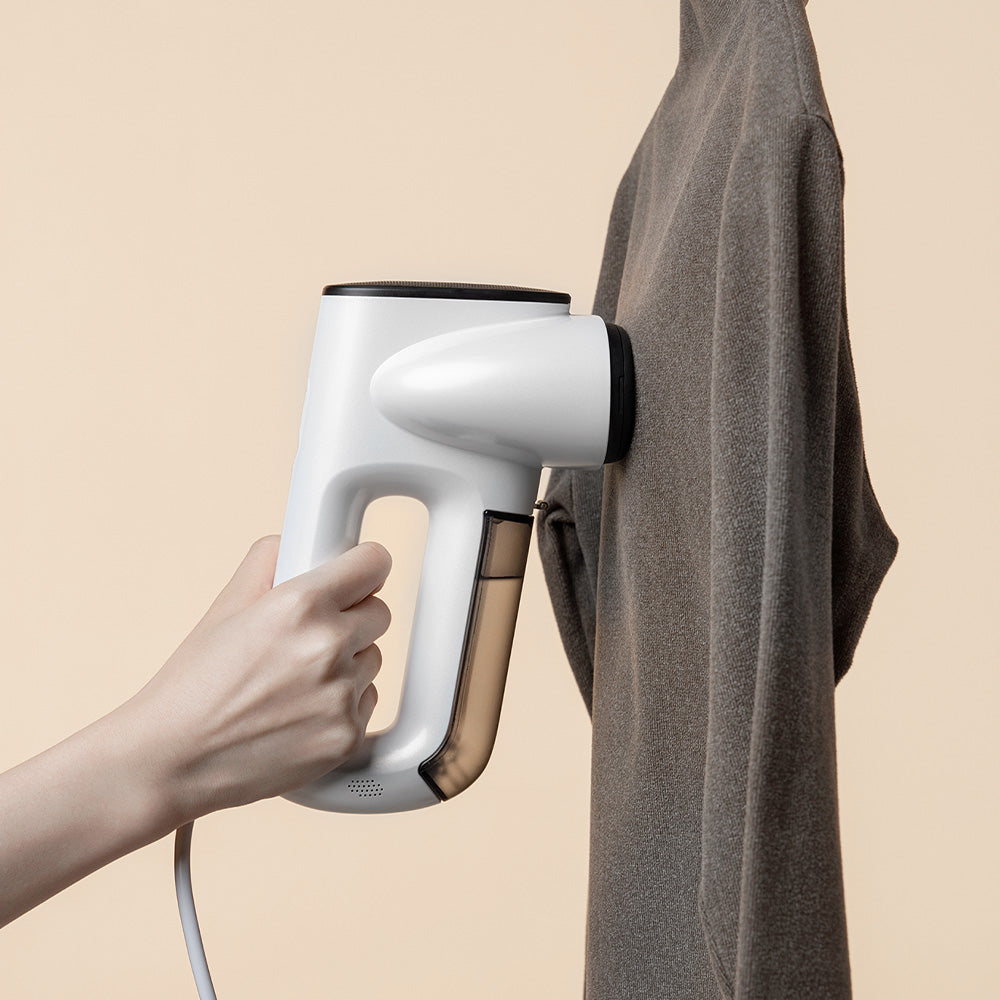
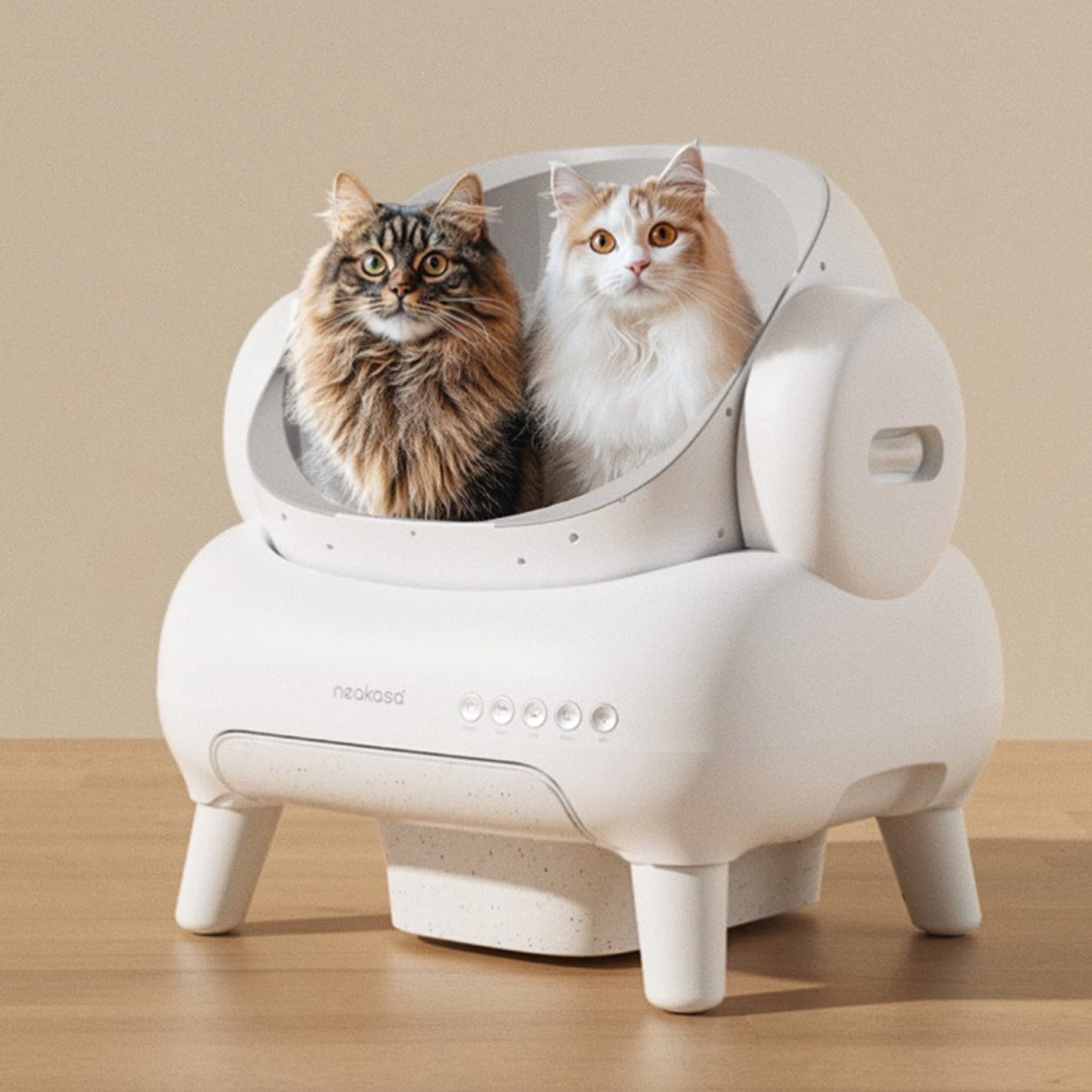
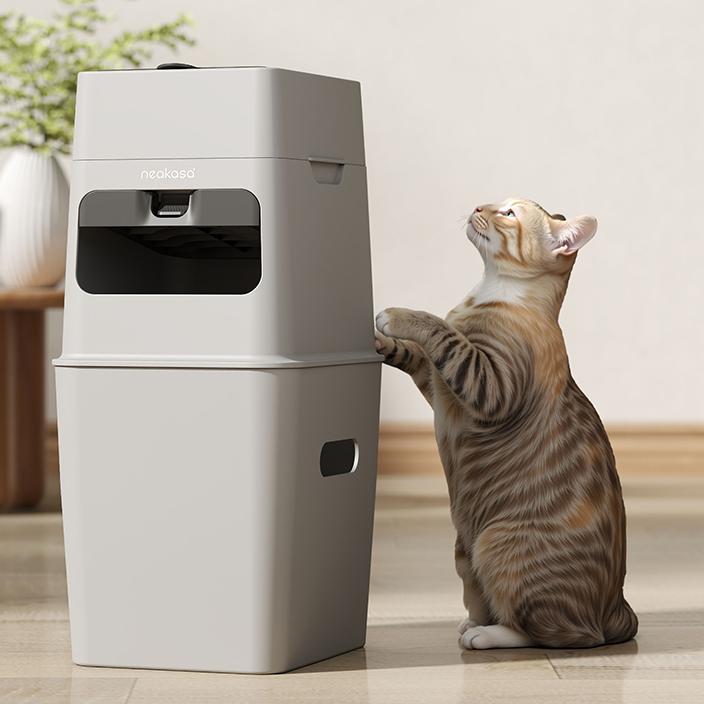
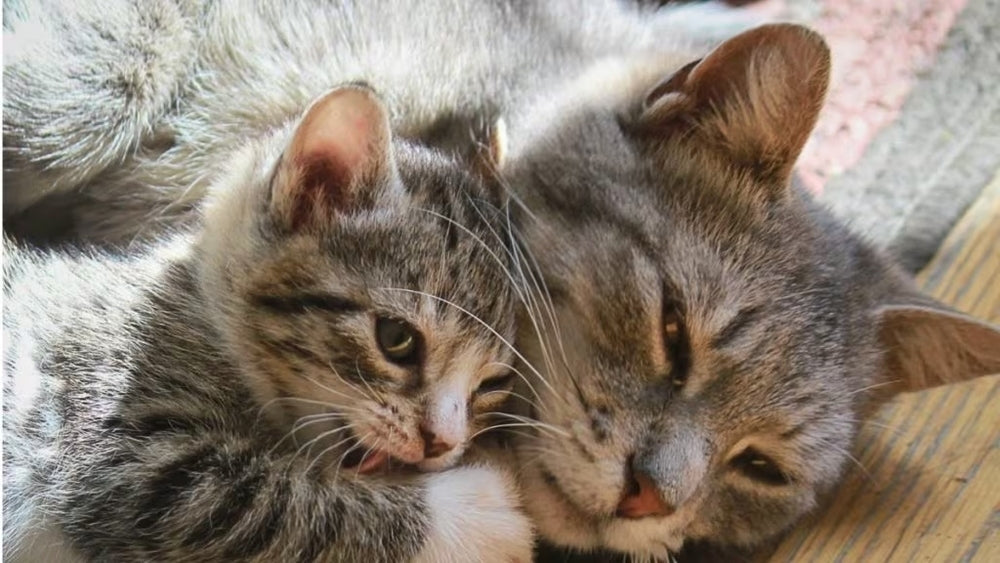

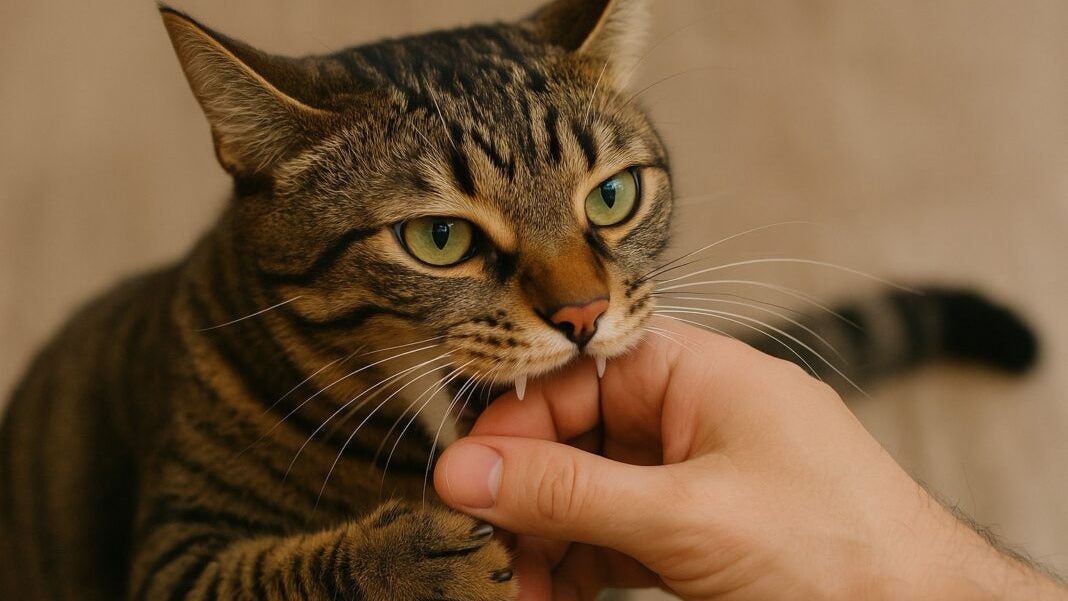
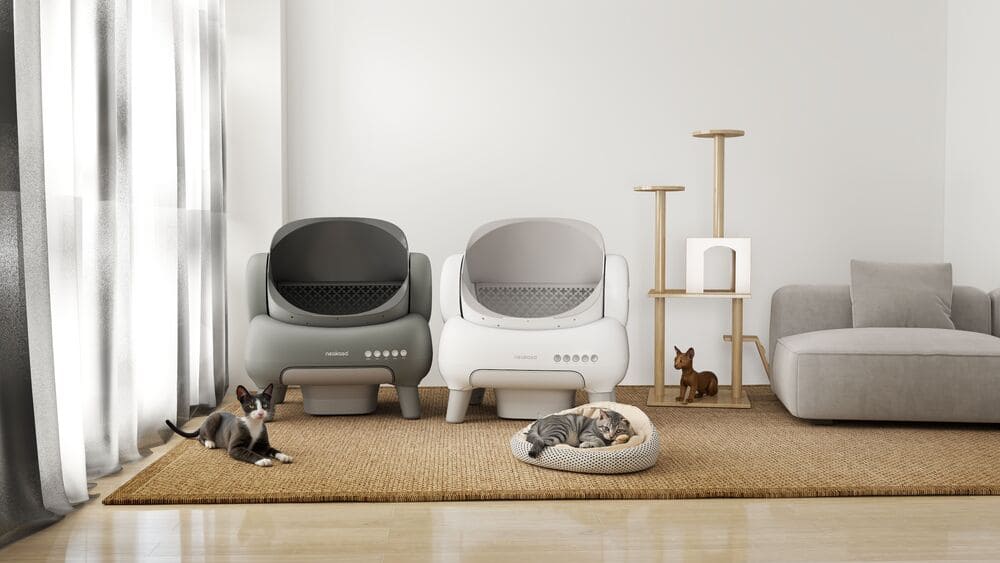
Leave a comment
This site is protected by hCaptcha and the hCaptcha Privacy Policy and Terms of Service apply.